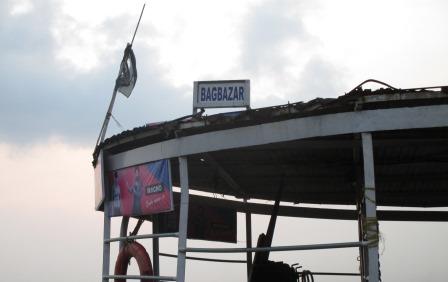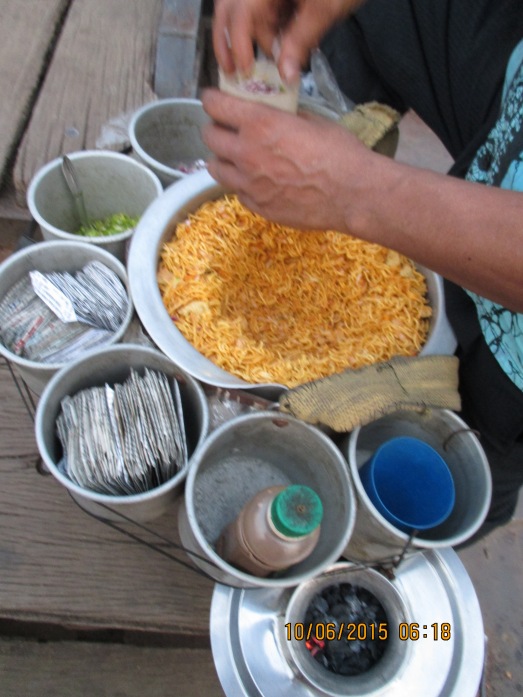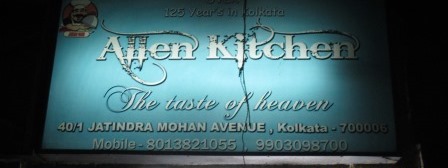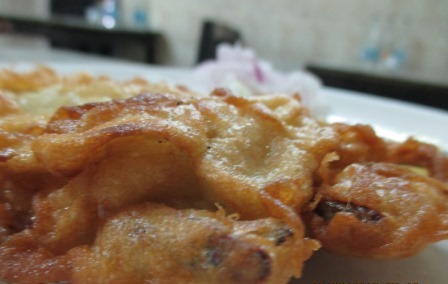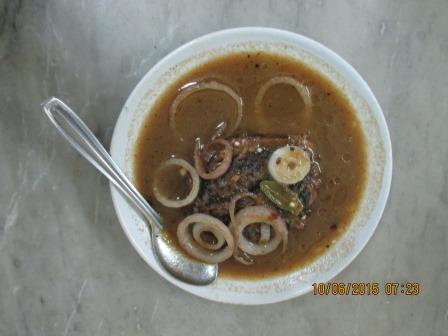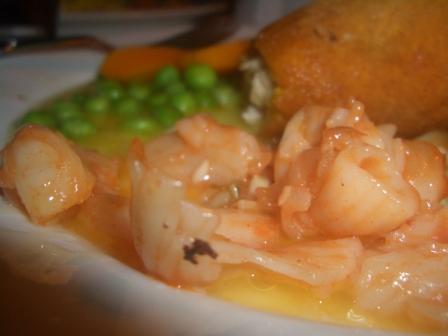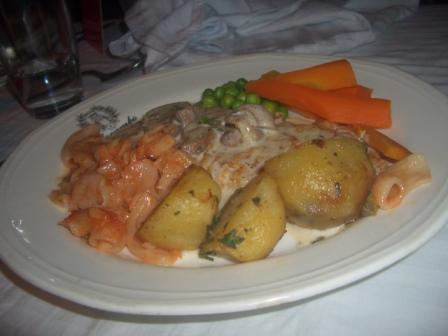The second food trail I would suggest if you are in Kolkata during summers is to hop around Boipara. Boipara is a neighbourhood of books. And Calcutta boasts one such boipara which bears the imprint of the colonial pasts, reform movement as well as the student movement that rocked the 70s. It is the epicentre of some of the finest schools, colleges and needless to say books. M.G. Road named after Mahatma Gandhi connects College Street to Howrah Station and Sealdah station, the two stations that hosts thousands of trains. As you walk by the lanes of College Street / Boipara, you will be welcomed into the world of books by numerous hawkers rattling off latest testpapers for Madhyamik/ Uchhamadhyamik, guidebooks that will help you sail through JEE/ PMT/IIT as well as I.C.S.E., I.S.C test papers. Stalls are painted with white, blue and yellow to announce the latest arrivals and the treasure house of most of these stalls lie in the stack of piled old books. Amidst these book stalls, there are some famous places to eat, chat and debate, perfect adda places.
One of the legendary institutions in College Street is the Coffee House. As one makes way through the stairs, posters of various student organisations lead you to the first floor and no trip to Coffee House is complete without a cup of Infusion. It will take you an entire day to taste what is available on the menu and my favourite picks are Chicken Kobiraji and Chicken Cutlet. In my last visit to Coffee House, I braved the rains and waited for a friend who was visiting the city. Both of us made our way to Coffee House and polished off the Chicken Cutlet and Infusion and after an adda which ranged from Malaysia’s politics to my careers I told A that we are going to Paramount.

Paramount needs no introduction to my friends and colleagues from Kolkata. This legendary institution by late Nihar Ranjan Majumdar has been selling home-made drinks since 1918. A and I sit occupy one of the benches and we ask for a menu.

The menu arrives and we are spoilt for a choice to have close to special drinks made from pulp of passion fruit, mango, tender coconut, strawberry, pineapple and others. For cream lovers there is cream rose, cream lemon, cream lemon and even cream lassi. Both of us settled for Dab Sarbat( a drink made from tender coconut).

Dab Sarbat reminded me of a custom of buying school text books in summer holidays in College street followed by a stop over at Paramount. I convince A to order Dab Sarbat. As we sip our drinks, an elderly gentleman walks up to us and ask us if we liked the drink. A tells him its her first visit and she really likes it and asks about the recipe. The gentleman sits down with us and shares a fascinating journey of Paramount. The gentleman is none other than Mrigendu Majumdar. He tells us that Tender Coconut Sarbat was created under the guidance of famous scientist Acharya Prafulla Chandra Ray. He points to the framed picture of Acharya Prafulla Chandra Ray and tells that without his inputs this flavourful sarbat could not be created.

He sources tender coconut from Basirhat for this special sarbat. Mrigendu Majumdar by training is a lawyer and has been instrumental in introducing a new drink that caught our eyes- Passion Fruit Drink. He recommended us to try out the signature Tamarind Drink to beat the heat. This legendary institution of drinks was also an important meeting point of revolutionaries who gathered here for meetings. Then, ‘it was known as Paradise’, tells Mr Majumdar. By 1937, British came to know of Biplobi Sammilani Samiti and Paradise was renamed as Paramount. Paramount has come a long way and as Mrigendu Majumdar prepares himself to leave for distant shores to take Paramount to non resident fans he shares of plans of celebrating 100 years of Paramount in a big grand way. Paramount will be 100 in 2018 and he plans to introduce new drinks as well as put on various memorabilia at display. A and I promise that we will be back in 2018 and wait for the new surprises.
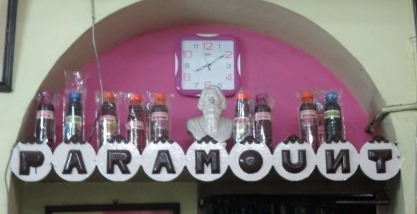
Paramount
For bulk orders call Mr. Majumdar @ 9674215355
1/1/1 D Bankim Chatterjee Street, Kolkata 73.
Email : paramountsherbet@gmail.com
Website:www.paramountsherbet.com
Check Menu: http://www.paramountsherbet.com/our-menu.html

